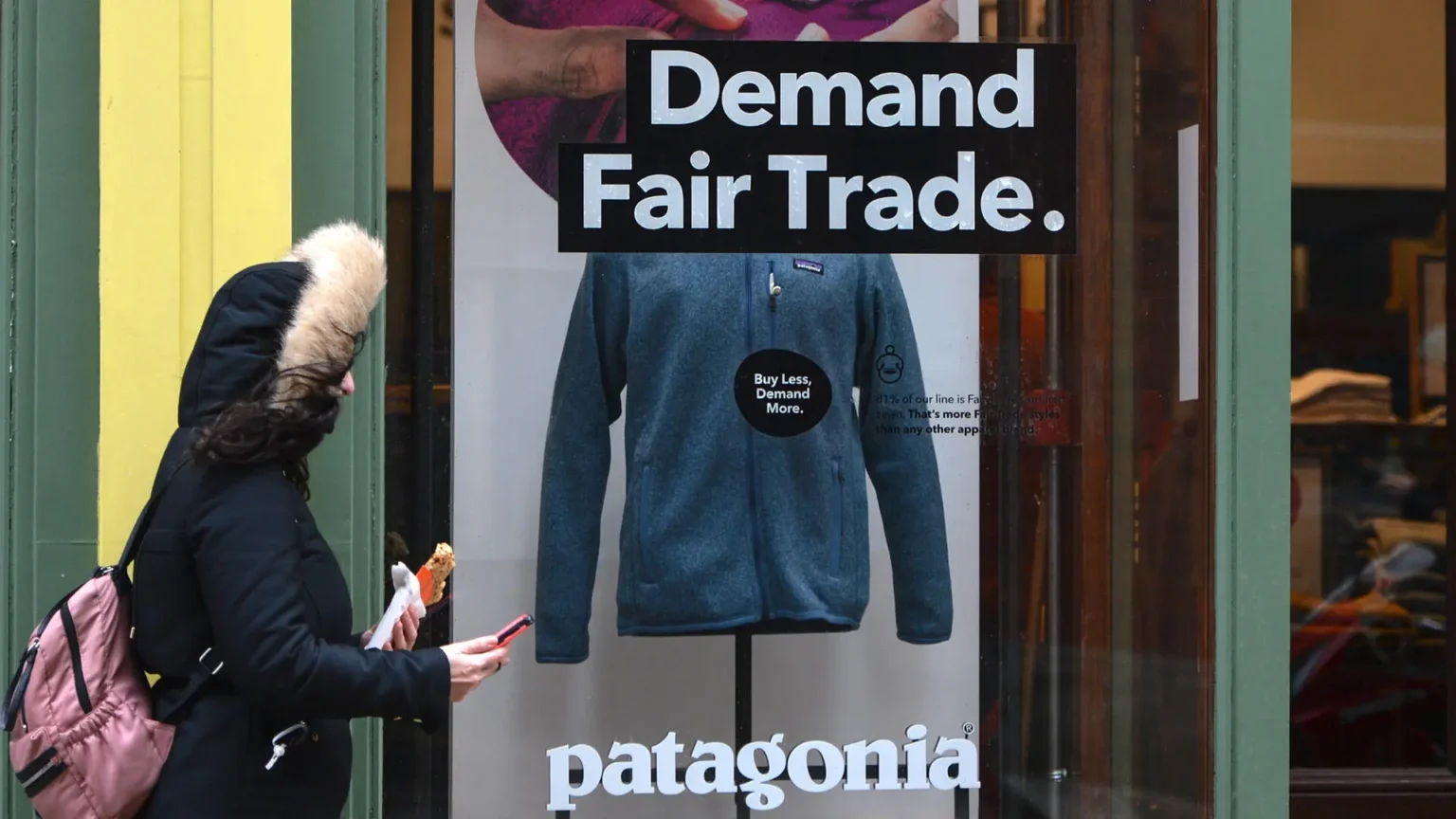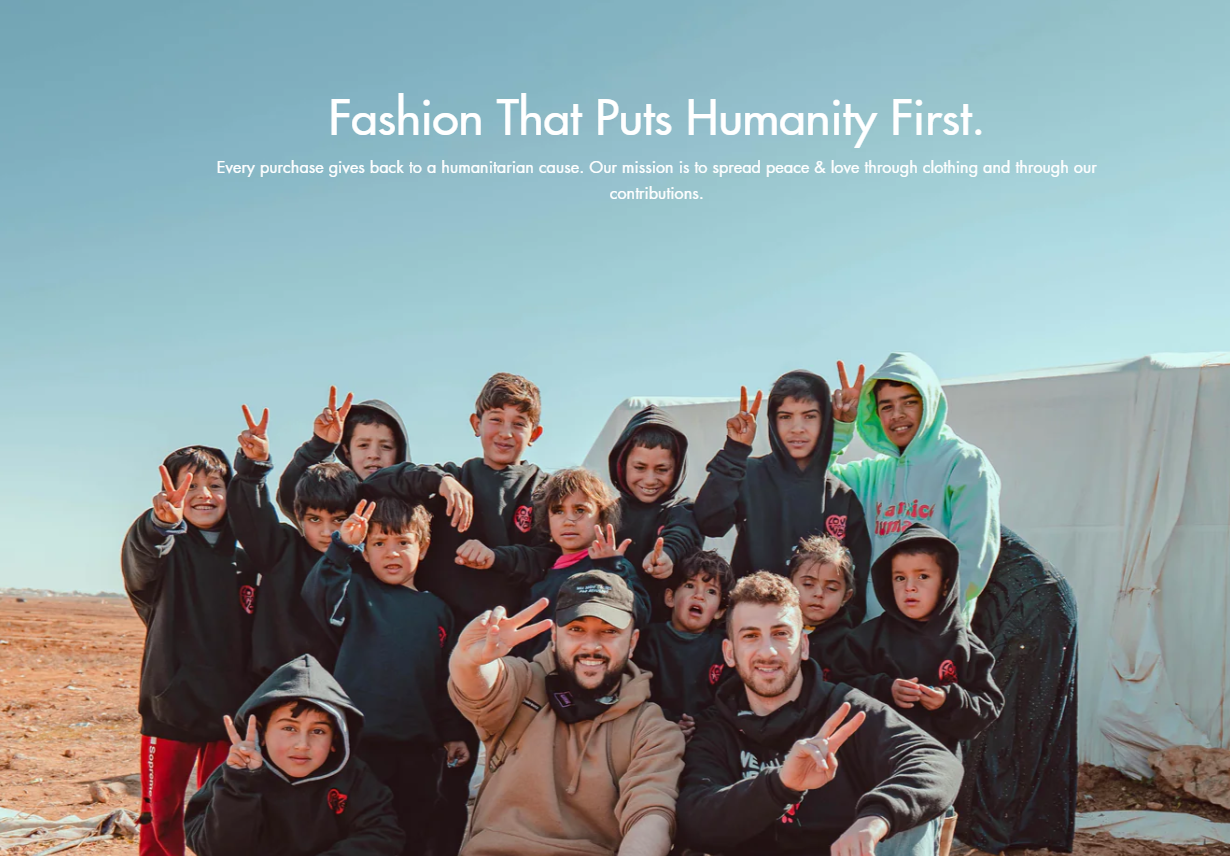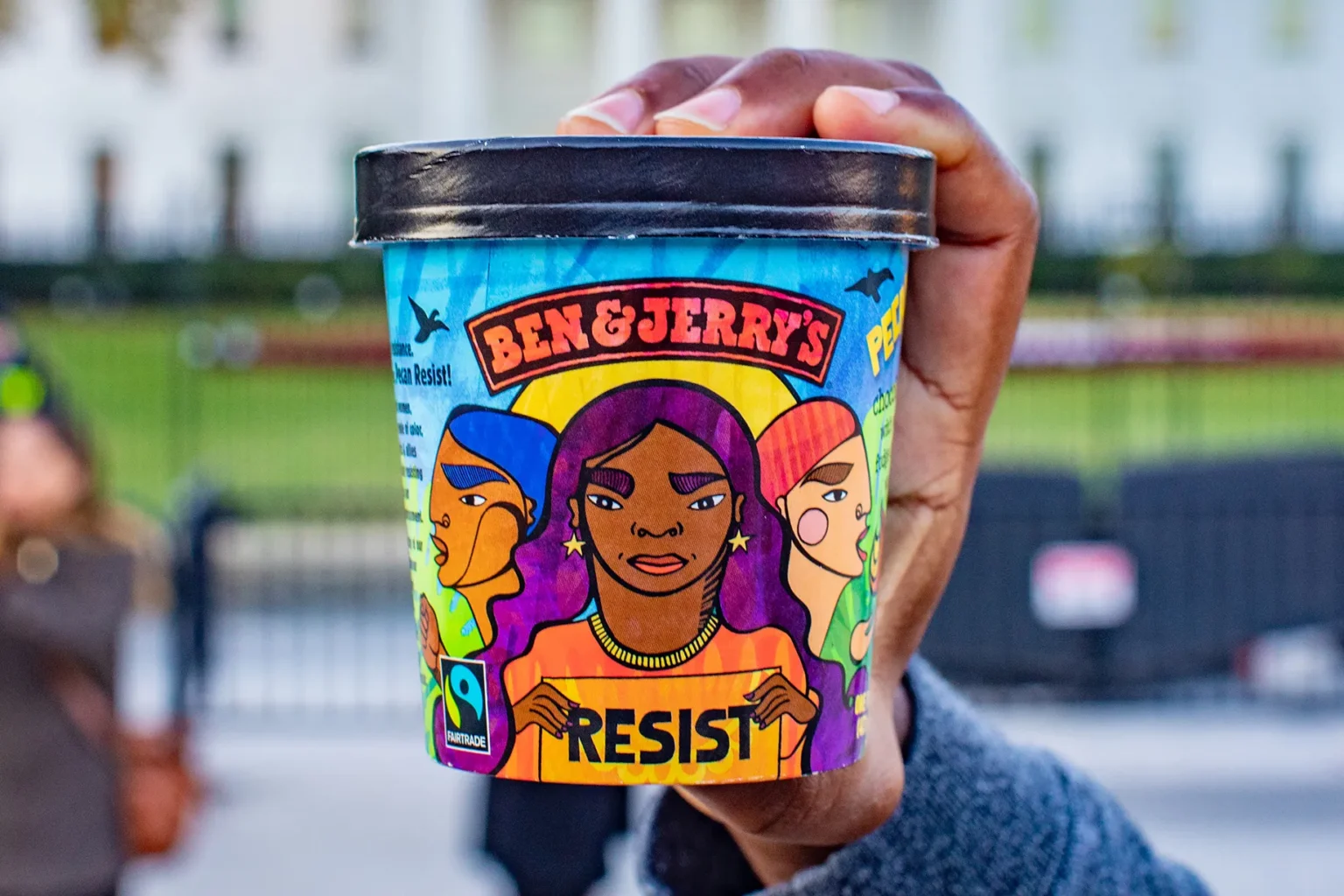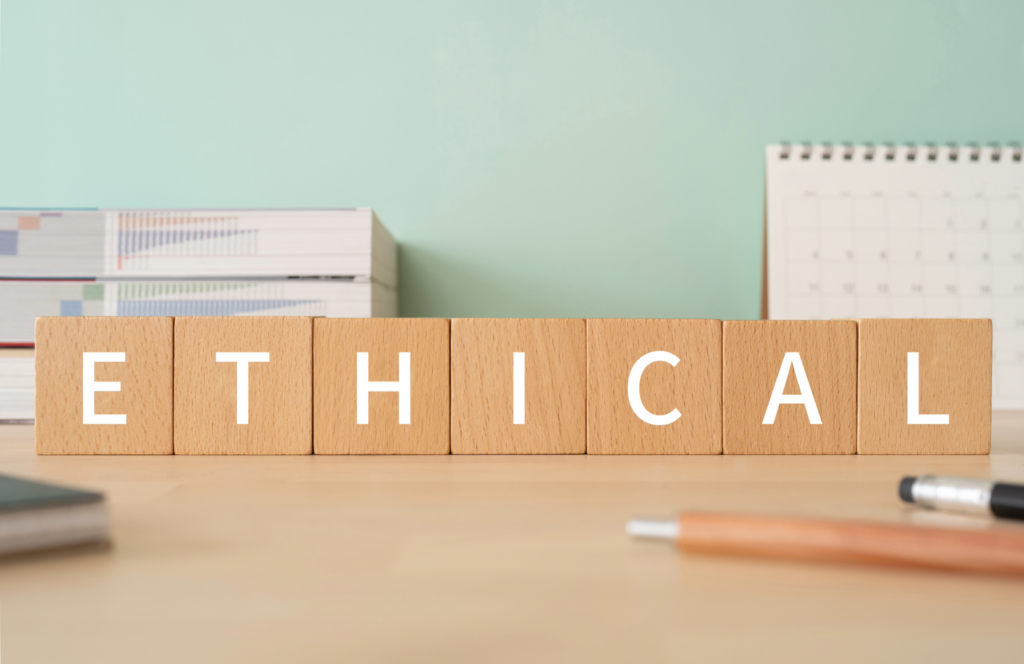Influenced by technological advancements, global socio-economic shifts, and a re-evaluation of shared values, the consumer landscape is evolving at an unprecedented rate.
To keep tabs on the consumer world, brands must understand consumer behaviour trends. One of the emerging trends that is expected to dominate the global market in 2024 is ethical consumerism.
Consumers are increasingly scrutinising the environmental and social impact of their purchases. To adapt to this trend, brands must meet consumer demands and ensure long-term business opportunities in this discerning global market.
What is Ethical Consumerism?
Ethical consumerism is the practice of purchasing specific products and services to minimise social and environmental damage. It also involves avoiding options that are deemed to have a negative impact on society or the environment.
It includes how brands engage with sourcing, labour, manufacturing, and production.
Ethical consumerism is also used interchangeably with phrases like conscious consumption, ethical consumption, conscious consumerism, or green consumerism.
According to Built In, “Conscious consumerism approaches shopping as a practice charged with weighty ethical and political implications. It takes the form of buying — or boycotting — certain brands based on your beliefs, principles, and awareness of how such purchases may affect the wider world.”
Ethical consumerism encompasses many aspects of life. Some of these include buying less wasteful products, purchasing from brands that support certain movements, changing to a more environmentally-friendly diet, upcycling, and recycling whenever possible.
Read more: 4 Ways to Strengthen Your Vegan Brand in Today’s Market
The Era of Ethical Consumerism
The key to effectively undertaking this trend is that brands must understand ‘consumer psyches’, which involve their thoughts, feelings, and actions. Thus, responding in ways that resonate deeply and authentically with them is crucial.
Furthermore, a Global Sustainability Study 2023 report revealed that 37% of global consumers are willing to pay more for sustainable products. Meanwhile, up to 55% of Asia-Pacific (APAC) consumers are also willing to pay more for sustainable options.
This behaviour demonstrates a significant shift towards conscious consumption. For that reason, brands need to adopt multifaceted strategies in response to this emerging trend.
So how can brands successfully tap into the conscious consumers’ mindset?

3 Strategies to Reach Out to Ethical Consumers
1. Be Authentic
Consumers are more informed these days and can differentiate between genuine efforts and marketing gimmicks.
Authenticity is about being true to who you are as a brand and staying consistent with your values. Brands who prioritise authenticity in their messaging and actions are more likely to establish trust and engage with consumers of all ages.
American outdoor clothing brand Patagonia is the perfect example of intertwining authenticity and branding. It began with its founder’s commitment to sourcing factories with the same values as them; the brand is dedicated to ensuring its supply chain selection approach is robust. Patagonia’s transparency in its supply chain has made the brand a frontrunner in this field.
Moreover, Patagonia is actively involved and outspoken in supporting environmental causes. The brand has donated millions to environmental organisations and encouraged their customers to take action on environmental issues.
By translating words into action, Patagonia puts itself forward as a brand that genuinely cares about the state of the world.



Without a doubt, brands that become more engaged in social issues may see a rise in profits, but doing so inauthentically will expose them to being labelled ‘greenwashing’ or ‘wokewashing.’
For instance, H&M has faced criticism for its Conscious Collection, promoted as a sustainable and eco-friendly clothing line.
The argument is that the company’s overall business model relies on fast fashion, which promotes buying and discarding clothing quickly. The practice itself is not sustainable and contradicts the eco-friendly message of the Conscious Collection.
Brands should strive to ensure their activism aligns with their core values and business practices. Especially in the age internet, consumers and the mass public won’t hesitate to call out brands on their actions or inaction.
2. Be Transparent
Brands should communicate transparently about their business practices and their impact on society and the environment. Transparency helps build trust and demonstrates a brand’s commitment to being responsible and sustainable.
A study from Label Insights shows that 94% of respondents will stay loyal to a transparent brand. These same customers will also be happy to pay more for products or services from a brand they believe to be genuine.
A separate study also found that transparency in the brand’s communication of production and cost would increase consumers’ perception of the brand’s transparency and authenticity. This is because of its perceived information sensitivity.
A contemporary example is Wear The Peace, an ethical clothing brand. Founded by young entrepreneurs, it aims to create a brand that spreads awareness of the atrocities happening worldwide and simultaneously gives back with every purchase.



The brand works with humanitarian organisations such as the Pious Projects of America and the Helping Hand for Relief and Development (HHRD), which sends clothing to refugee camps around the world.
Furthermore, the brand is transparent about its donations and frequently updates customers on every dollar spent on their purchase.
To date, the brand has donated $300,000 from its Freedom Melon collection sales, which was launched in November 2023. 100% of profits from every purchase of the collection will be donated to Pious Projects of America.
It’s important to note that the brand’s increasing sales proves customers’ willingness to spend on more ethical items if given the option. These positive effects similarly impact attitude, trust, and behavioural intention toward the brand.
On the other hand, an example of a brand caught in turmoil for being dishonest is Volkswagen. In 2015, the German automaker was caught cheating on emissions tests. The brand had deliberately installed software that changed how the engine ran when undergoing an emissions test to make it look like a low-emissions vehicle.
Volkswagen had marketed its diesel engines as “clean diesel”, a more eco-friendly alternative to gasoline engines. However, it was later revealed that the vehicles emitted dangerous pollutants up to 150 levels higher than the average vehicle. The company had misled consumers and regulators.
Various studies correlate the implication of this gas emission with air pollutants and children’s health within the area where the vehicles were sold. Hence, it’s important to reiterate that dishonest practices can and will impact society and the environment at large.
When it comes to transparency, consumers want to know that you’re committed to sustainability across the board. Otherwise, brands who are in it just for the label or trend are bound to face repercussions.
3. Take a Stand
Instead of remaining neutral on global issues, taking a stand can help to build stronger connections with consumers who share the same values.
Ethical consumers are belief-driven buyers, which means they choose, change, avoid, or boycott a brand based on said brand’s stand on societal issues.
In 2018, a study by Accenture found that 63% of consumers want brands to take a stand on the social, cultural, environmental, and political issues they care about the most.
Ben & Jerry’s has a long history of taking a stand on social and political issues. The Vermont brand has been actively engaged and supports social justice movements around the world, including Fairtrade. Those efforts have cemented Ben & Jerry’s reputation as an ethical brand.
Additionally, The Ben & Jerry’s Foundation, which is steered by its employees, has championed various social justice movements. In 2022, the foundation granted approximately $4.35M to support progressive, justice-focused grassroots organising around the United States.



Concurrently, brands should judiciously consider the potential risks and rewards of taking a stand on global contemporary issues, and be prepared to stand their ground.
Spanish clothing brand Zara has faced major backlash for its recent advertising campaign, which depicted images from the ongoing genocide in Palestine. The campaign’s photos featured mannequins wrapped in white – imagery that resembled a Muslim burial shroud.
Ethical consumers were quick to call out, boycott, as well as protest outside Zara’s stores in response to the campaign. The widespread criticism led the brand to apologise and remove the campaign indefinitely. Still, ethical consumers question Zara’s moral stance, which was seen as deliberate and insensitive.
The Future of Ethical Consumerism
In conclusion, implementing sustainable and ethical practices is no longer optional, but vital for business strategies across various sectors.
The primary key to understanding contemporary consumers is identifying these critical shifts in values, actions, and expectations. Brands that align with these consumer principles will likely build a more meaningful connection with their audience.
Moreover, adopting this ethical approach, being authentic, transparent, and taking a stand, enables brands to build a committed consumer base. As research has shown, consumers are more loyal to the brands they buy from and are willing to allow them time to develop their ethical approach.
By authentically embedding these principles into their core operations, brands who thrive on ethical consumerism will emerge as leaders in the new consumer landscape in 2024 and beyond.




